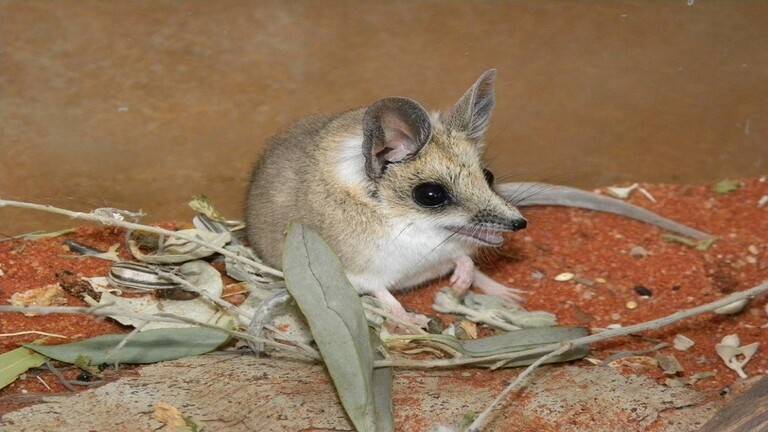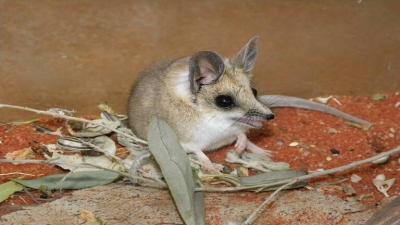Ecologists have discovered that the population of indigenous mice on Kangaroo Island has dropped to just 28 individuals. Following the bushfires of 2019-2020, wild cats began to prey on them.
According to Scientific Reports, animals that are forced to move to new habitats (invasive species) due to environmental disasters or "help" from humans have become a significant environmental issue over the years. For instance, the introduction of Brazilian fire ants to the United States led to the extinction of many snail species, and the introduction of the African fungus Batrachochytrium dendrobatidis to Europe caused the extinction of 90 amphibian species.
Australian ecologists studied the consequences of the grassland fires of 2019-2020 and found that the disaster also affected Kangaroo Island, which is home to a rare group of indigenous mice, Sminthopsis aitkeni, comprised of no more than 500 individuals, each weighing only 20-25 grams and measuring about 10 centimeters in length. However, almost all of these mice vanished after the fires.
Consequently, the researchers sought to understand the reasons for their disappearance and the role of wild cats, which were brought to the island centuries ago during its colonization by migrants from Europe. Researchers pointed out that they "studied the dietary changes of wild cats after the disaster of 2019-2020 fires and found from analyzing the stomach contents of 86 cats that 8 percent of them fed on the indigenous mice, whose habitats were heavily impacted by the fires."
The analysis revealed the remains of eight indigenous mice in the digestive tracts of seven cats, indicating that the wild cats began to feed on the indigenous mice after the fires. The researchers did not determine the cause of the change in wild cat behavior, but they believe that to preserve the indigenous mice and other rare animals, the island must be cleared of these predatory cats.




